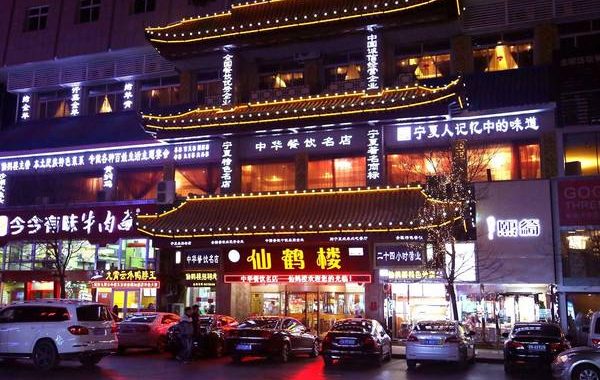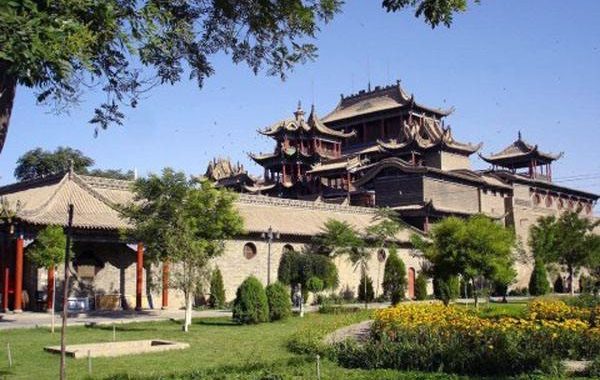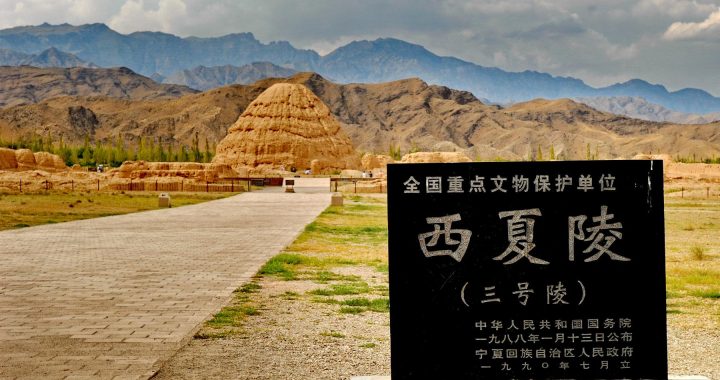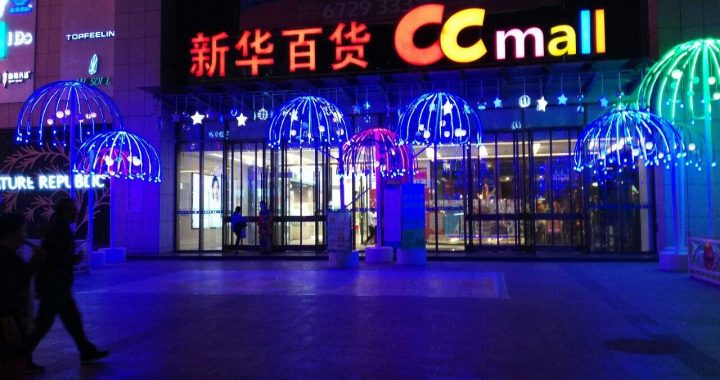Yinchuan, Temples and Tombs
5 min readYinchuan, the capital of the Ningxia Hui Autonomous Region, is an often-overlooked city that is irrigated by the mighty Yellow River amidst the arid landscape of China’s dry northwest.
The thin Ningxia Hui Autonomous Region in China’s stark northwest is surrounded by Gansu in the south and Inner Mongolia to the north. 20% of China’s Hui Muslim minority ives in this region, giving Ningxia the nickname “the Muslim Region. The Hui minority trace their origins to the Silk Road, which brought Central Asian traders to China during the Tang dynasty. Succeeding waves of migration enriched and enlarged this population.
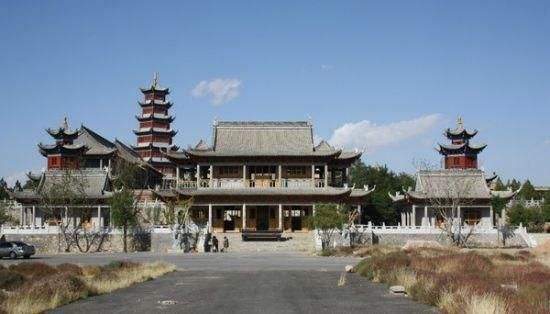
Recently Yinchuan has been divided into three quarters linked by a 15. 5 miles (25 km) road, though locals refer to the city as if it’s divided into two. The western section is located, but the majority of sights and hotels are located in the old city in le east. Though most people use Yinchuan as transit point for further adventures into Inner Mongolia, the city has en enough personality a and interesting sights to hold its own.
Making up 28% of the city’s population, the Hui influence throughout the city is opvious rabic domes of the city mosque rising above the low skyline or he smell of roasted lamb wafting through the market stalls, there’s no mistake that Yinchuan’s heritage is as much Central Asian as Chinese. The old city still manages to retain a sleepy pace with old men wearing their white skullcaps, and sporting long wispy beards sipping tea along the sides of the road Traditional irrigation wheels are still in use af ter hundreds of years.
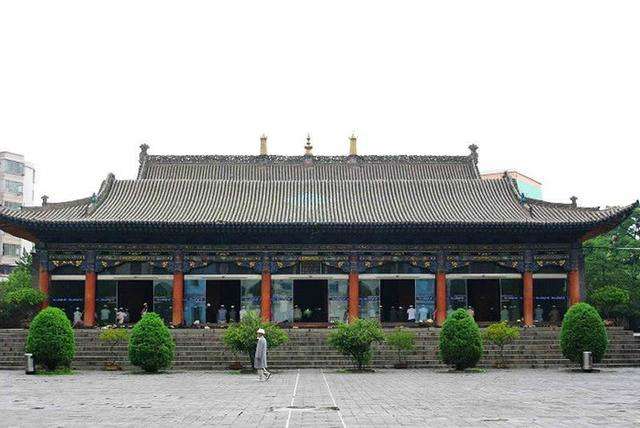
The laidback city with its tree-lined streets, its melding of Hui and Han ethnic culture, belies the chaotic history of the region. Once a region of various feuding kingdoms offering nominal loyalty to the Tang then Song dynasties, the area came under the powerful rule of the Western Xia kingdom from AD 1032 to 1227. Led by Li Yuanhao, an ethnic Turgut (tuoba ) he established the Western Xia as a regional power in the northwest its own distinct writing and culture. Unfortunately Genghis Khan, who nitially sought the kingdom as didnt take re with grace. his chagrin did survive long enough to give the final order to raze the kingdom.
Despite his orders, sights still abound in and around the city. The Chengtian Temple (chengtian si located in the southwest part of town. Inside the temple ground resides the Chengtian Si Pagoda(chengtian sita), or known locally as the Western Pagoda(xita). This pagoda was built by the widow of Li Yuanhao. After his death,the empress had this Buddhist tower in hopes of ensuring a long life for their year old son.
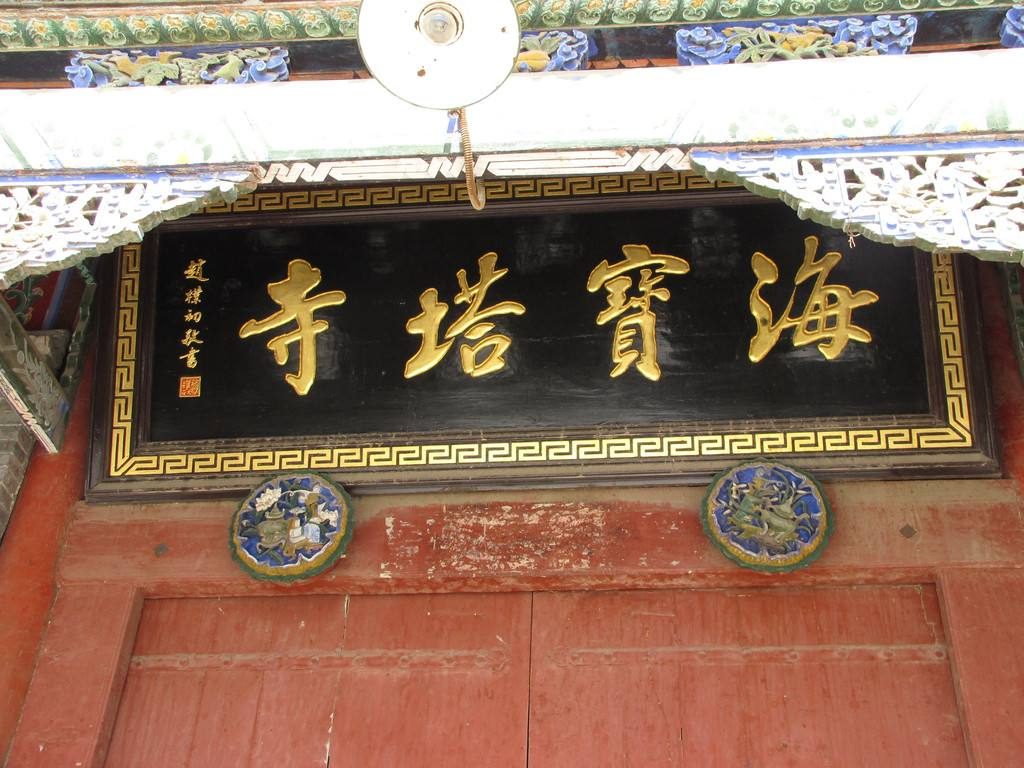
Perhaps because Genghis Khan’s underlings carried out his final order to destroy the estern Xia with such zeal, this is the only pagoda that retains any surviving records of 1050. Climb up the he octagonal pagoda is 211.6 feet (64. 5 m) high and was built in AD pagoda for a good view of Yinchuan and of the nearby Helan Shan eldn shan ) The temple originally had two courtyards; one of them is now occupied by the tion Ningxia Museum(ningxia bowuguan) which has4 exhibition halls detailing the histe Western Xia, Hui culture and history Ningxia history and the prehistoric paintings at Helan Shan. the Yellow River in Ningxia.
In the old section of town is the Nanguan Mosque(nanguan qingzhensi) which was originally built at the end of the Ming dynasty and rebuilt in 1981. The Arabic styled domes can be clearly seen rising above the city’s low skyline an unusual sight since the majority of mosques in China adopt Sinicized archi-tectural styles that are hard for the untraine distinguish. The two-story main hall has the prayer hall on the second level;the Islamic holy day, the area will appear deluged in a sea the pious don their white skullcaps and kneel in prayer. The prayer hall can hold up worshippers. There’s also an exhibition hall displaying Muslim texts from the Koran. The mosque also welcomes non-believers, though one must observe proper etiquette and dress modestly.
The Haibao Pagoda (hdibao ta : stands on the foundations of a 5th century pagoda in northern Yinchuan. The original pagoda was destroyed in an earthquake in 1739 and the current one dates from 1771. The pagoda itself is uniquely constructed with outcropping niches that make it appear multi-sided. Climbing to the top rewards you with a spectacular view of the countryside, the nearby mountains and the Yellow River. A 23-foot (7 m)Buddha relaxes in one of the halls on the temple grounds.
Nineteen miles (30 km) from Yinchuan is the Western Xia Imperial Tombs (xixid wangling a emperors plus 140 accompanving tombs for their courtiers some of whom may not have by the Mongols, with gras finishing the area off, though archeologists still make Unique to China, the burial mounds are shaped as pyramids. at the Western Xia Imperial Tombs. The tombs are eerie when gsand around the desolate site of the surrounding desert. The sand dunes, the eroded rock formations and historical significance of the About 31 miles (50 km) northwest of Yinchuan is Helan Shan. Some 3,000 to 10,000 years ago, the people who lived in the area immortalized themselves by painting various scenes of their lives and their beliefs into the rock face. Over 1, 000 petroglyphs have bee discovered at the Helan Shan Yanhua(helanshan yanhud) site At Helan Kou is valley that penetrates through the desolate mountain. Most of the paintings are on both sides of this valley, running for three-eighths of a mile (600 m). The ancient artists left vivid depictions of hunting, herding, battles, dancing and religious ceremonies with
many of the human figures painted in an abstract style. Halfway up the mountain is an impressive painting of what’s believed to be a sun deity, which is definitely worth the hike. The Western Xia also added their legacy to the rock face by carving intricate the stunning mountains and views will.
Quotes
“The rock paintings at Helan Shan are amazing. to something that has survived for so many years, Just 1magining someone was standing here thousands of years ago boggles the mind.
